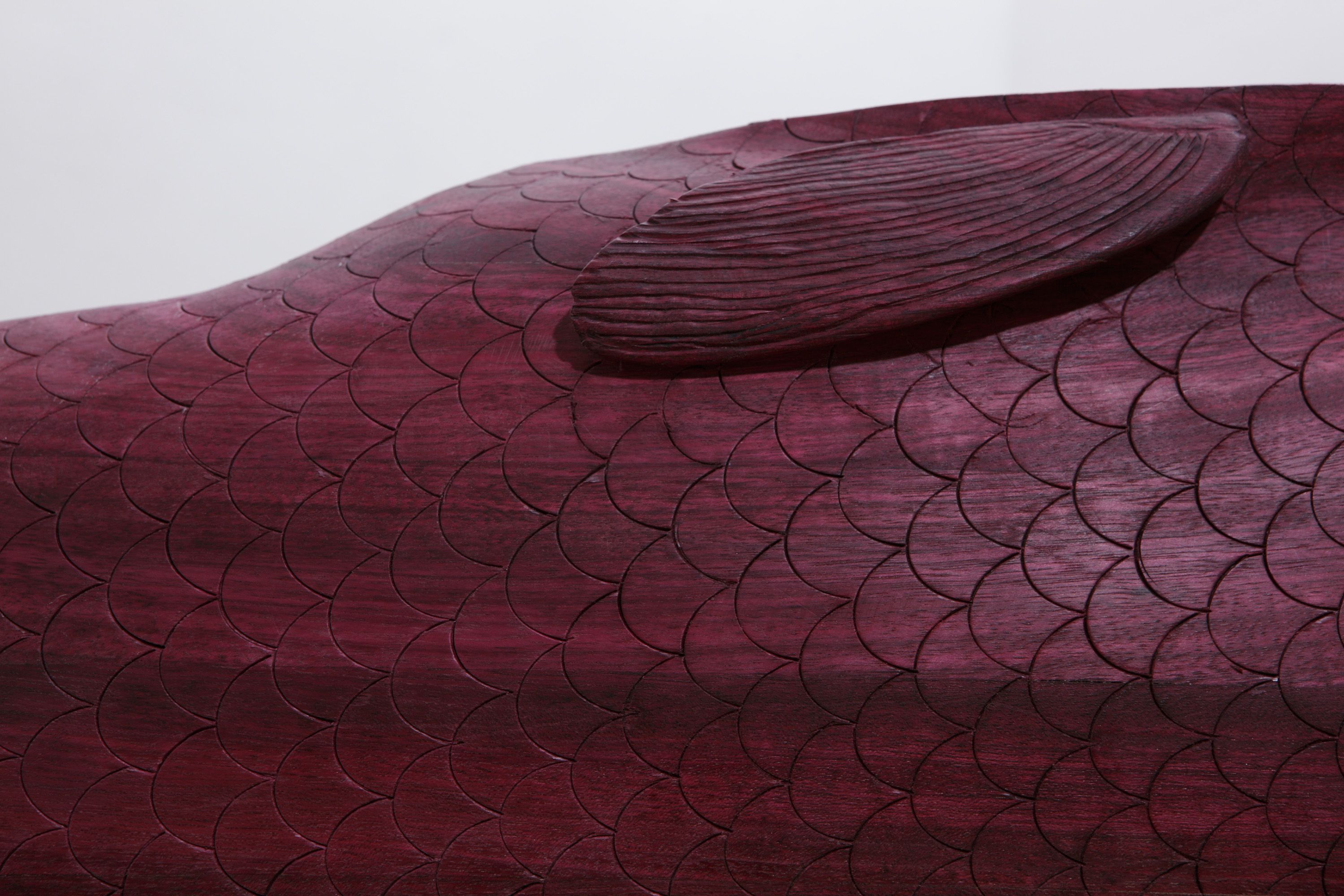Gábor Fülöp
Solo exhibition
| Venue: | acb Gallery |
| Date: | Dec 02 – 23, 2011 |
Description
Gábor Fülöp’s (1981) skillful and ingenious works at his 2009 exhibition at acb Gallery were what brought him the attention of the profession, the public as well as the collectors. His technical virtuosity and his unique reinterpretation of the traditional technique of wood sculpture are among his greatest assets as an artist. His focus is centered on the relationship of living organisms with each other and with their environment. The human body is a recurrent theme in his sculptures. His thinking has been greatly influenced by eastern philosophy; the pantheistic approach can easily be traced in his works. He dedicates special attention to the surface of his sculptures, which, as a boundary of the inner and the outer, simultaneously separates and connects. In the past year, in addition to wood, he has also used other materials, using them on their own, combined with each other, or with wood.
His exhibition entitled Water will feature three new sculptures, each of which is related to water, both as material and medium. The three works – one of which was realized in cooperation with Anett Lilla Hegedűs – are manifestations of three different problematics both in a sculptural sense and as relating to the theme. Water is present at the exhibition as material – a constituting element of one of the sculptures – and also in correspondence with immateriality, intangibility, origin, and ephemerality. Beyond direct references, its multifaceted symbology adds new layers of meaning to the works and the exhibition as a whole.
Only one of the exhibited sculptures is made of wood, the two life-size human figures are the result of experimentations with synthetic materials (crystal clear resin in one case and a special adhesive substance in the other), molding, and subsequent refining of the surface. In terms of form, the works carry such already familiar stylistic markers of Gábor Fülöp’s work as body postures characteristic of archaic sculptures, intricately elaborated organic surfaces, and the emphatic role of negative forms, which, as sign-posts of his artistic development, are rethought from time to time – as they are in the exhibited works.
The exhibition, aside from centering on a thematic motif, is also a statement about sculpture itself as the synthesis of not only solid technical skills and experimentations in exploring the boundaries of genres, but also the possibilities for artistic expression that lie within.
